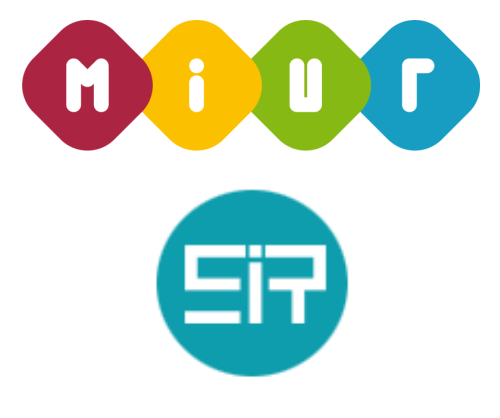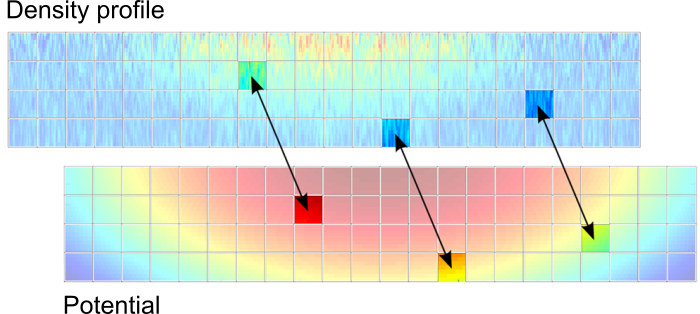 |
Shining a blue detuned thin (2 μm) barrier we produce a double-well potential, which creates a Josephson-like junction for fermionic superfluids. By varying the interactions we investigate the population and phase dynamics between the two wells, observing the Josephson effect across the BEC-BCS crossover. G. Valtolina et al., |
LAST NEWS
 |
Light at 421nm will be employed for transverse cooling and for the Zeeman slower. Up to 1.2W of blue light is produced in a homemade frequency doubling cavity and is locked to the atomic line using saturated absorption spectroscopy in a hollow cathode lamp. Light at 626nm will be employed for the magneto-optical trap (MOT). The red light is obtained from a commercial laser system and is locked to the atomic line using saturated absorption spectroscopy in a iodine cell. |
 |
Carlo Sias has been awarded with a SIR ("Scientific Independence of young Researchers") grant from MIUR ("Italian Ministry for Education and Research") for the development of the Ba+/Li experiment! |
 |
Using the inverse Abel transform, the in-situ 3D density profile of a cloud of two-state 6Li atoms trapped in a potential with cylindrical symmetry can be derived. Following [M. Ku et al., Science 335, 563 (2012)] we reconstruct the equation of state of the system. In particular, local pressure and compressibility have been obtained for the unitary Fermi gas, revealing the superfluid transition. |
 |
The quest to develop new and efficient experimental schemes to produce large and highly degenerate fermionic samples is fundamental in the way of using them to study fermionic superfluidity with a high degree of control on properties as interaction strength and dimensionality. 6Li samples of two spin components offers a broad Feshbach resonance allowing a good tenability of the interactions and the ability to investigate superfluidity across the BEC-BCS crossover. On the other way, standard laser cooling configurations are not efficient due to the lack of sub-Doppler cooling mechanism on the D2 line. We use a gray molasses operating on the D1 atomic transition to produce degenerate quantum gases of 6Li with a large number of atoms. This sub-Doppler cooling phase allows us to lower the initial temperature of 109 atoms from 500 to 40 μK in 2 ms. We observe that D1 cooling remains effective into a high-intensity infrared dipole trap where two-state mixtures are evaporated to reach the degenerate regime. We produce molecular Bose-Einstein condensates of up to 5×105 molecules and weakly interacting degenerate Fermi gases of 7×105 atoms at T/TF A. Burchianti et al. |
